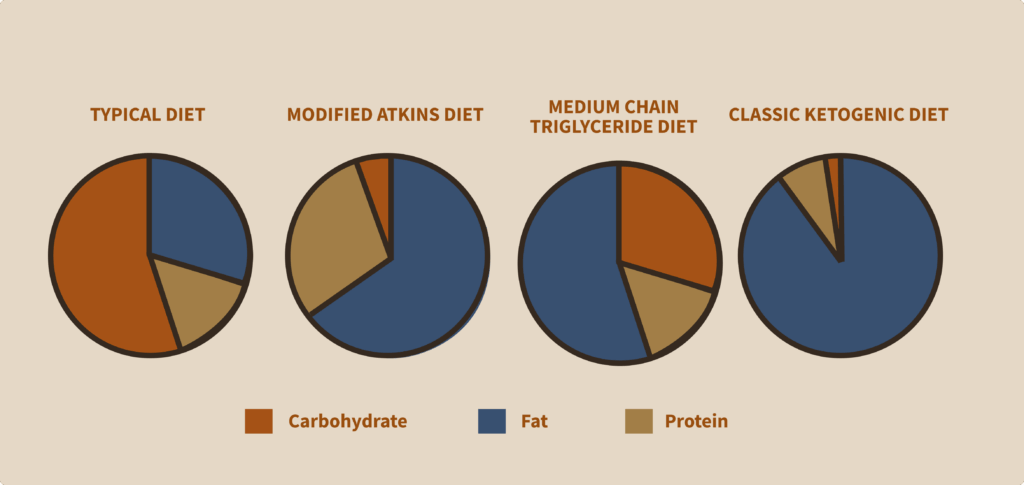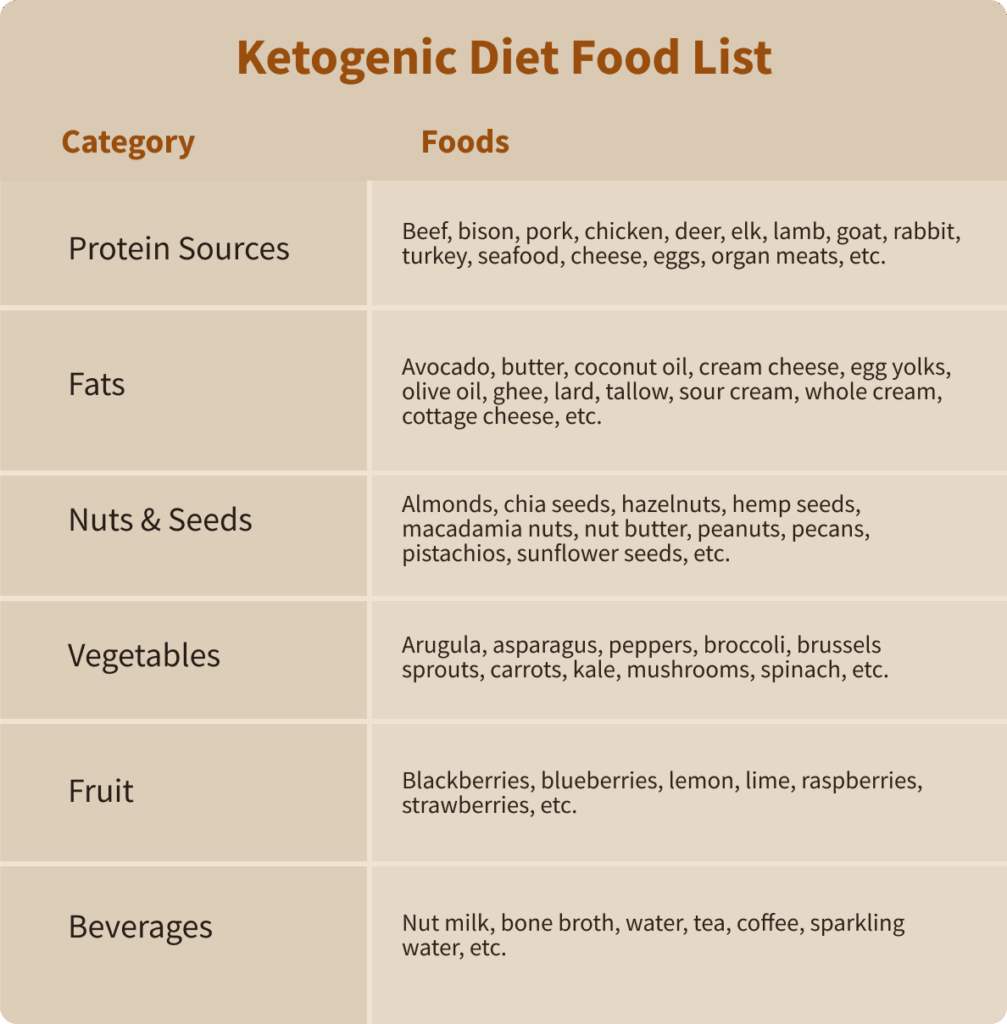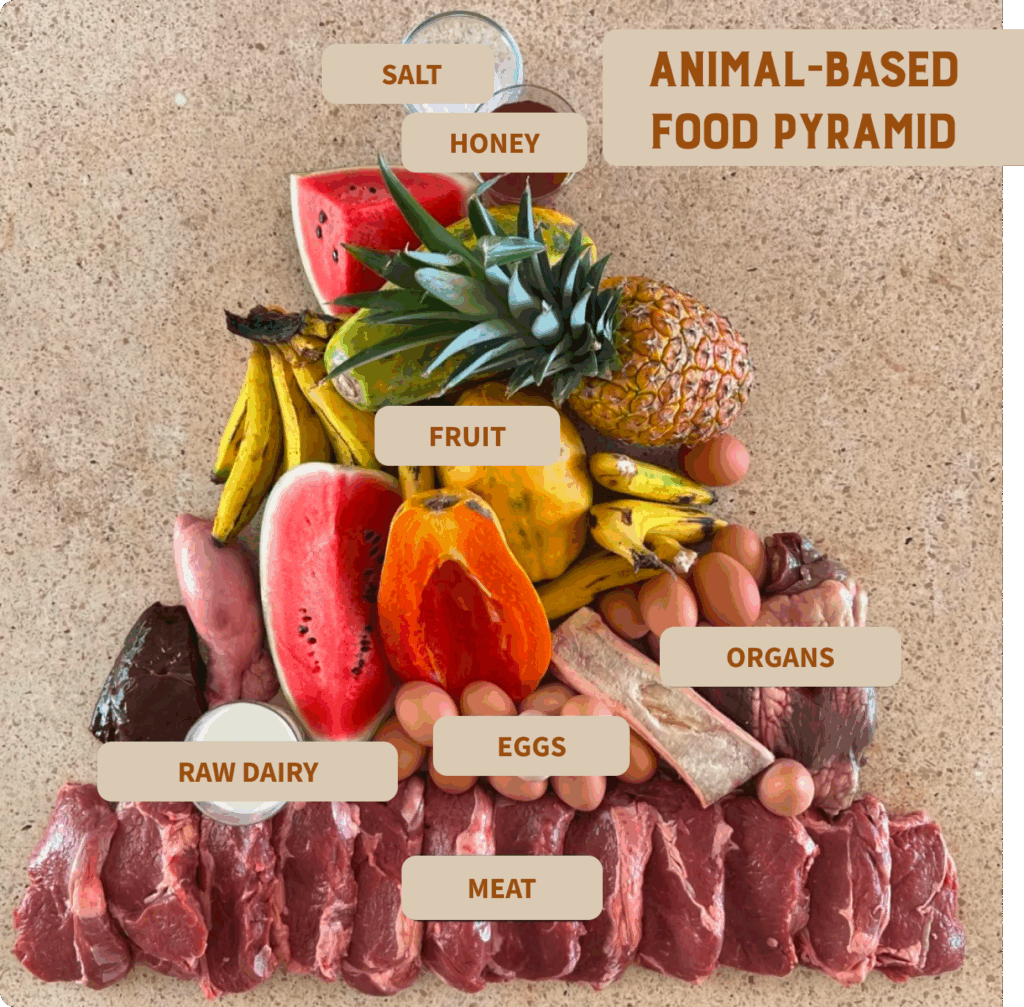PLEASE NOTE: The information in this blog is for educational purposes only. It is not a substitute for professional medical advice. Consult your healthcare provider if you’re seeking medical advice, diagnosis, or treatment.
Over the past decade, millions of people looking for rapid weight loss and improved health have tried the ketogenic diet. Embraced by major health personalities, celebrities, and countless authors, this high-fat, low-carb diet can lead to amazing results.
But the massive popularity of the ketogenic diet may come with major keto flu symptoms. For many, the transition to a keto diet can be unpleasant, resulting in headaches, nausea, constipation, and other symptoms commonly referred to as the “keto flu”.
This comprehensive guide will explore what the keto diet entails, the most common keto flu symptoms to watch out for, long-term risks, and evidence-based ways to have a smooth transition.
The Keto Diet 101: What You Should Know
While originally designed for epilepsy treatment, the ketogenic diet has gained widespread attention as a tool for weight loss, type 2 diabetes management, cardiovascular disease prevention, and even brain health (1, 2).
Considered one of the most popular low-carb diets, the ketogenic diet is a high-fat, low carb diet with around 20-50 grams of carbs per day (3). The classic macronutrient ratio for a ketogenic diet is 4:1 fat to non-fat (4).

The defining trait of a ketogenic diet is the transition to nutritional ketosis, a metabolic state where your body primarily burns fat for fuel instead of carbohydrates. This occurs when carbohydrate intake is restricted to typically less than 20-50 grams per day, or less than 10% of total daily calories (5).
To reach ketosis, the ketogenic diet removes (or limits) ultra-processed foods and other high-carb food sources, such as rice, pasta, bread, starchy vegetables, and fruits high in sugar. Instead, it focuses on foods high in fat and protein.

The 10 Most Common Keto Flu Symptoms
The “keto flu” refers to a group of flu-like symptoms that commonly occur during the initial weeks of starting a ketogenic diet. These are the 10 most reported keto flu symptoms:
1. Fatigue
Decreased energy affects a significant portion of keto dieters, with some reporting feeling completely drained during daily activities like work or exercise (6).
2. Nausea
Nausea is one of the most commonly reported symptoms of the keto flu, and it can contribute to a reduced appetite (7).
3. Headaches

While the ketogenic diet may actually improve headaches, they are frequently reported when starting the diet. This common symptom may result from dehydration, electrolyte imbalance, and the stress of transitioning between fuel sources.
4. Brain Fog
Similarly, many people report improvements in cognitive function on a keto diet, but brain fog may occur during the initial stages of this diet (8). People often report difficulty concentrating, memory problems, and reduced mental sharpness during the initial adaptation to a keto diet.
5. Dizziness
Dizziness and feeling faint can also occur when transitioning to a ketogenic diet (9). As we’ll see below, focusing on electrolyte intake and proper hydration can help reduce the risk of these symptoms.
6. Irritability
Just as brain fog and headaches may get worse before they get better, changes in mood can be expected as well. Many people experience increased irritability, mood swings, and even feelings of depression or anxiety during the transition period as their brain adapts to using ketones instead of glucose.
7. Cramps
Muscle cramps and general body aches may occur during keto adaptation, primarily due to electrolyte imbalances, particularly low sodium, potassium, and magnesium levels that result from increased urination and reduced insulin levels (10).
8. Gastrointestinal Discomfort
With the reduction of fiber-containing foods like fruit and vegetables, digestive changes, particularly constipation, affect 15-63% of people starting a ketogenic diet (11). Symptoms such as heartburn, diarrhea, and vomiting have also been reported (12).
9. Bad Breath (Halitosis)
Bad breath can be unpleasant to deal with, but it may be a sign that your body has made the transition to ketosis (13). A distinctive fruity or metallic breath odor often develops as acetone, one of the ketone bodies, is expelled through the lungs.
10. Poor Sleep

Like other low-carb diets, such as the carnivore diet, the ketogenic diet may be accompanied by insomnia or trouble falling or staying asleep (14).
How to Fix Keto Flu Symptoms
Thankfully, as millions of people try the ketogenic diet, plenty of strategies to limit or avoid keto flu symptoms have emerged. Here are 6 simple approaches to consider:
1. Electrolytes & Hydration

One of the main strategies to avoid these symptoms is to ensure that you stay hydrated and have proper electrolyte intake (15). As insulin levels fall during ketosis, your kidneys excrete more sodium and water, potentially leading to dehydration and electrolyte imbalances (16).
In order to stay hydrated, it can be helpful to monitor your salt intake and include natural sources of electrolytes like lemon water, coconut water, or foods like avocado.
2. Sleep & Stress Management
Proper sleep and stress reduction can be powerful tools for just about any health goal. Strive for 7-9 hours of sleep each night and consider stress reduction techniques like breathwork, time away from devices, and light exercise.
3. Transition Slowly
Instead of jumping straight into a strict ketogenic diet overnight, it can be helpful to slowly remove foods. This enables your body to better adapt to the changes, and you may even discover that you don’t need to follow a highly restrictive diet to reach your health goals.
4. Supplementation
Someone starting a ketogenic diet is likely to hear that they should use supplements to see the best results and reduce keto flu symptoms. MCT oil, ketone salts, and electrolytes like sodium and potassium are popular choices.
Medium-chain triglycerides (MCT) products are particularly attractive as they can help you reach ketosis with a higher protein and carb intake (17).
5. Avoid Intense Exercise

Fatigue or reduced exercise performance are common when transitioning to a ketogenic diet. Light activities like walking or gentle yoga can help maintain movement without overwhelming your body.
6. Work With a Professional
Given the risks of unpleasant symptoms and other long-term challenges, working with a medical professional can increase your chances of success.
It may be helpful to conduct regular testing to identify any existing deficiencies or underlying health conditions that may be present. They can also help you with strategic supplementation to make sure you’re not wasting money or causing unnecessary harm.
Long-Term Dangers of the Ketogenic Diet
Keto flu symptoms are the tip of the iceberg, as the ketogenic diet also has potential long-term concerns, such as:
- Nutrient deficiencies (18)
- Changes in thyroid function (19)
- Kidney stones (20)
- Bone loss & fractures (21)
- Liver problems (22)
- Reduced athletic performance (23)
Plus, low-carb diets can be challenging for relationships, social life, and traveling (24).
Due to these potential issues, people interested in the ketogenic diet often choose an animal-based diet instead. This way of eating consists of high-quality animal foods such as meat, organs, fruit, honey, raw dairy, eggs, and other low-toxicity plant foods.

The animal-based diet is similar to carnivore and keto, but it does not restrict carbohydrates and can be much more inviting to athletes and those looking to maximize their exercise performance. Given the added variety, an animal-based diet can be more enjoyable and sustainable.
The Bottom Line: Choose Wisely
Common symptoms of the keto flu can be uncomfortable and lead to serious doubt, but they’re typically temporary and manageable with proper preparation and strategies, such as proper electrolyte intake, adequate hydration, and gradual carbohydrate reduction.
The key to successfully navigating keto flu symptoms lies in realistic expectations, preparation, and implementing evidence-based strategies with the help of a professional.
It’s also important to remember that long-term health improvements often require personalized approaches rather than one-size-fits-all dietary solutions. The keto diet is wildly popular, but it does have drawbacks and may not be the best long-term option for you.
Subscribe to future articles like this: